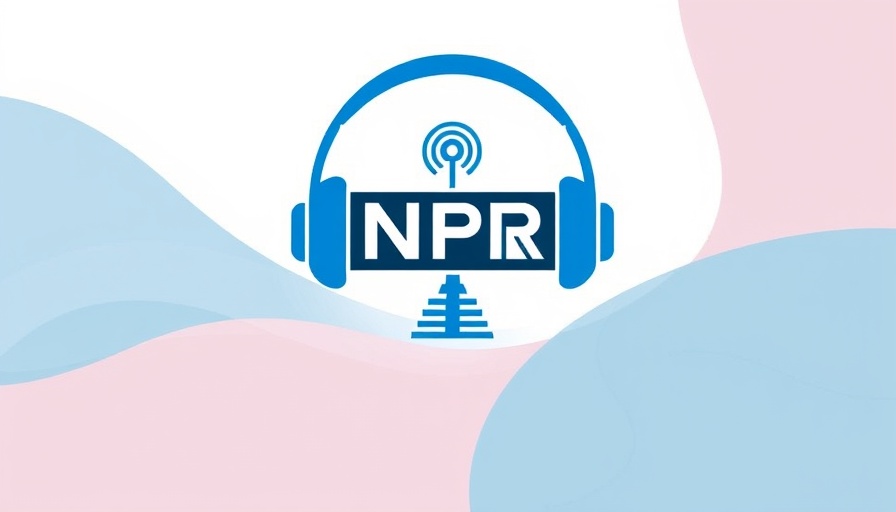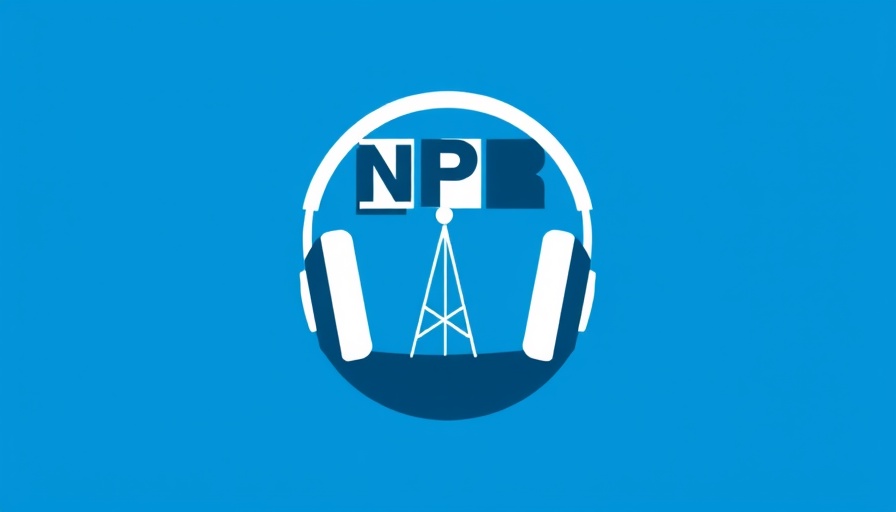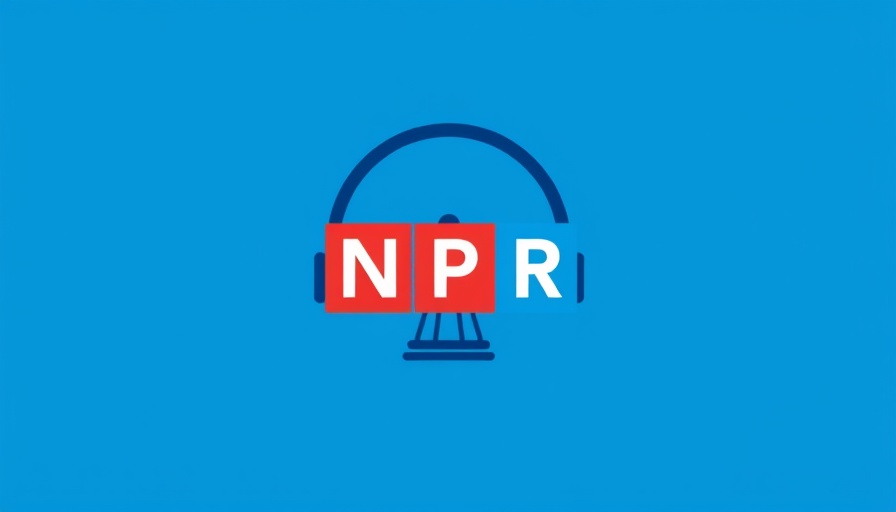
Understanding the Maze of Medicaid Names
For many Americans, the term "Medicaid" conjures up images of government support and health coverage for those in need. However, the reality is much more complicated. Across the United States, Medicaid programs are labeled with a bewildering array of names and branding that can confuse even the most diligent citizens. As highlighted in recent reports, the mix of terms like the Healthy Indiana Plan, PeachCare for Kids, and Dr. Dynasaur adds layers of complexity to an already challenging health care landscape.
The Human Cost of Confusion
Estimates indicate that approximately 16 million individuals risk losing their health care coverage due to impending funding cuts and legislative changes. Many may find out they are no longer eligible only after it's too late, underscoring the real-life implications of this confusion. Tracey Hutchings-Goetz, an organizer at Hoosier Action, emphasizes that the diverse branding in Medicaid often shields the stigma around governmental health programs five decades after their inception, but it can result in dire consequences for low-income individuals and families.
State Variability: A Barriers to Access
Compounding this issue is the fact that Medicaid's monikers are rarely consistent. In Georgia, you have PeachCare, while Vermonters may be familiar with the term Dr. Dynasaur. This lack of standardized language not only creates confusion but can also inhibit access to crucial health care information, leaving beneficiaries unable to effectively navigate their options.
Fiscal Changes and Policy Implications
As policymakers advance Medicaid cuts alongside broader budget realities, advocates are sounding alarms, warning those who need healthcare the most could be left in the dark. Several states are likely preparing to implement changes that could adversely affect millions without any comprehension of the factors behind the variations in program names and funding.
Behavior-Aware Marketing: A Solution?
For marketing managers and business professionals, this presents both a challenge and an opportunity. Engaging with these populations through clear and concise communication could facilitate a greater understanding of available programs. Crafting tailored messaging that adheres to the specific needs of diverse demographic segments could potentially mitigate the confusion that plagues Medicaid communications.
Leveraging Technology for Better Outcomes
The advent of digital solutions offers tools that can effective organizations can use to address the knowledge gap surrounding Medicaid programs. Systematic educational campaigns can utilize platforms that engage users in intuitive ways, ensuring that beneficiaries are aware whether they qualify for coverage and how to access it. Emerging technology has the potential to enhance transparency and clarify available resources.
A Call to Action: Prioritize Clarity in Communication
Amid a barrage of potential Medicaid changes, it is vital for advocacy groups, health organizations, and businesses to collaborate on clear messaging. By prioritizing clarity in communication about Medicaid programs, they can illuminate the critical details necessary for individuals to make informed decisions regarding their healthcare. It's incumbent upon professionals in the health and marketing industries to play a role in dispelling the confusion surrounding Medicaid and ensuring that coverage remains accessible for everyone.
Conclusion
As states grapple with the implications of their changing Medicaid programs, maintaining clarity and transparency is more crucial than ever. The traditional channels of communication must adapt to meet the needs of an increasingly digital society. By understanding the labyrinth of Medicaid names and advocating for clear messaging, stakeholders can take significant strides toward securing health care access for millions.
 Add Row
Add Row  Add
Add 




Write A Comment